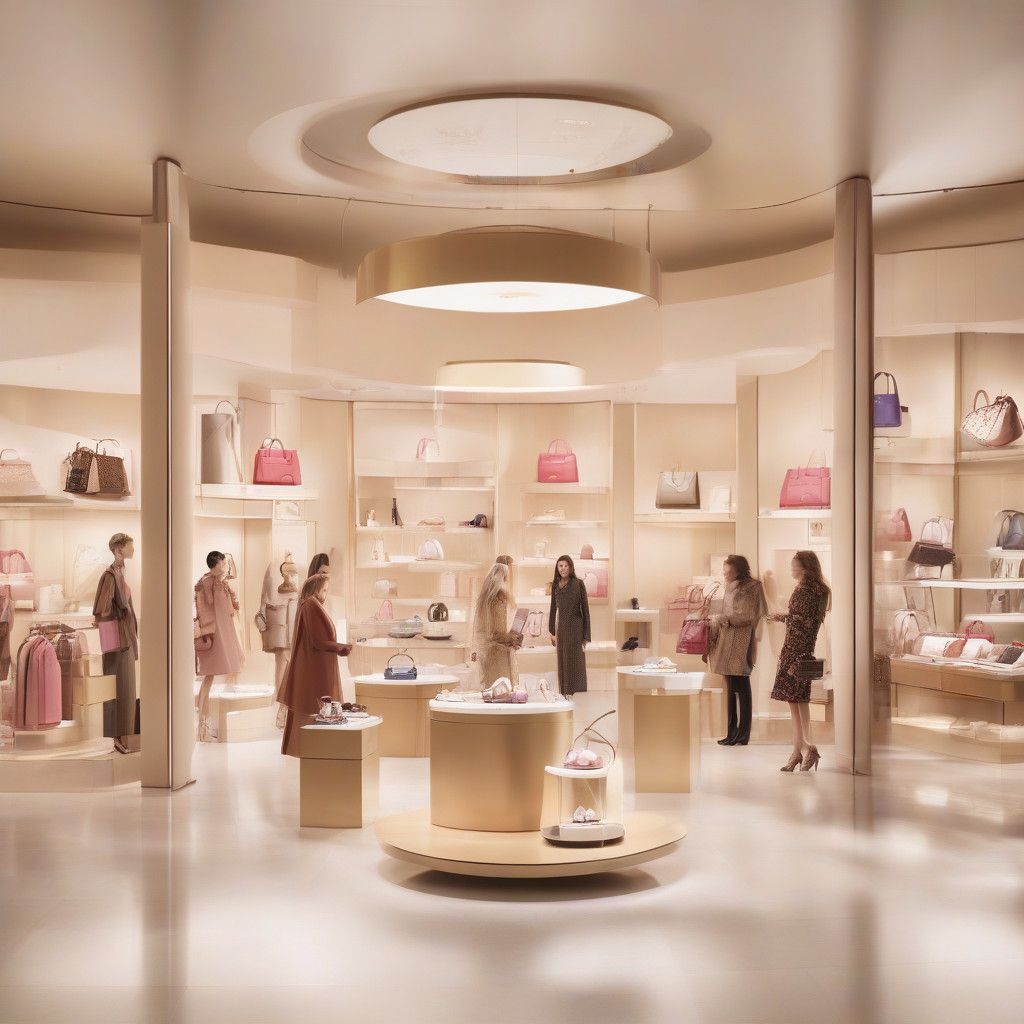The luxury market is facing a significant challenge as recent economic pressures lead luxury brands to reconsider their pricing strategies. This landscape shift is not just a reaction to inflation; it reflects a broader recalibration of consumer expectations in the high-end market. Notably, brands like Mulberry, Burberry, and Capri Holdings are publicly acknowledging the disconnect between pricing and consumer willingness to spend, raising questions about the sustainability of their current pricing models.
The Rising Cost of Luxury
A key development in the industry has been the pronounced price inflation that luxury brands have undertaken over the past few years. Traditionally, luxury brands favored incremental price increases of around 5 to 7 percent annually—a strategy that aligned with historical inflation rates. However, in the wake of the pandemic, many brands implemented steeper price hikes, often exceeding double-digit increases. According to a report by Bernstein, the current climate highlights a clear “out of whack” pricing model that has alienated aspirational consumers, who expect reasonable value even in the high-end segment.
For instance, Andrea Baldo, the newly appointed CEO of Mulberry, recently commented on the brand’s shift in direction. With falling sales and substantial losses, Mulberry plans to realign its pricing to include more products under the £1,100 mark. This move aims to restore the brand’s “accessible luxury” image in response to the realization that they had been pricing some products too high. Baldo stated candidly, “We were asking the customer for a little bit too much.”
Lessons from High-End Brands
Similarly, Capri Holdings, the parent company of Michael Kors, noted in a recent investor call that they had elevated their pricing too rapidly, adding that they need to adjust their offerings to remain appealing to core consumers. John Idol, the brand’s chairman, pointed out that their strategy to streamline product offerings while injecting fashionable elements did not resonate with all customers. As a result, the brand had to resort to deep discounts to promote sales.
Burberry is also reassessing its pricing approach. The luxury brand has recently appointed Joshua Schulman as CEO, who has admitted that the brand positioned itself too high on the pyramid, especially in their leather goods segment. Schulman explained that while pricing was essential to brand elevation, Burberry needed to recalibrate its strategies to focus on products priced under €2,000, which previously generated success.
The Risk to Luxury’s Image
The rising costs are not just a concern for lower-tier accessible luxury brands; iconic players like Chanel and Louis Vuitton have also seen consumer sentiments shifting. Despite a traditional expectation that luxury items should stretch the budget of all but the wealthiest consumers, even affluent customers are expressing frustration with exorbitant prices. Luxury is no longer just about exclusivity; it must also align with perceived value. Not only are high prices limiting access, but they risk tarnishing the brand’s image as wealthy consumers resist what they view as inappropriate price hikes.
For evidence, analysts have observed the relative success of French maison Hermès, which has raised prices by about 20 percent since the pandemic, compared to the nearly 40 percent average increase seen among competitors. This strategic moderation has helped Hermès maintain a reputation for value, even among high prices.
A Call for Innovation
In light of the growing concerns, analysts suggest that luxury brands might be forced to introduce more accessible offerings without undermining their upscale status. While LVMH has been reticent to entertain potential price adjustments, adjustments in product offerings and an emphasis on innovation seem necessary.
For instance, Gucci’s recent release of their Emblem line, featuring monogram canvas bags priced around $2,000, exemplifies a moderate approach to attracting aspirational consumers. Moreover, with impending changes in creative leadership at major houses like Chanel and Givenchy, there lies an opportunity for brands to refresh their narratives and product lines to reignite consumer interest.
Conclusion
The luxury pricing reality check calls for an urgent reassessment of value perception against actual cost. Brands must tread carefully, balancing the allure of exclusivity with the necessity of accessibility. A focus on product innovation and thoughtful pricing strategies will likely dictate the future success of luxury brands. Those that perceive and adapt to changing consumer expectations will not only survive but thrive in this redefined luxury landscape.












